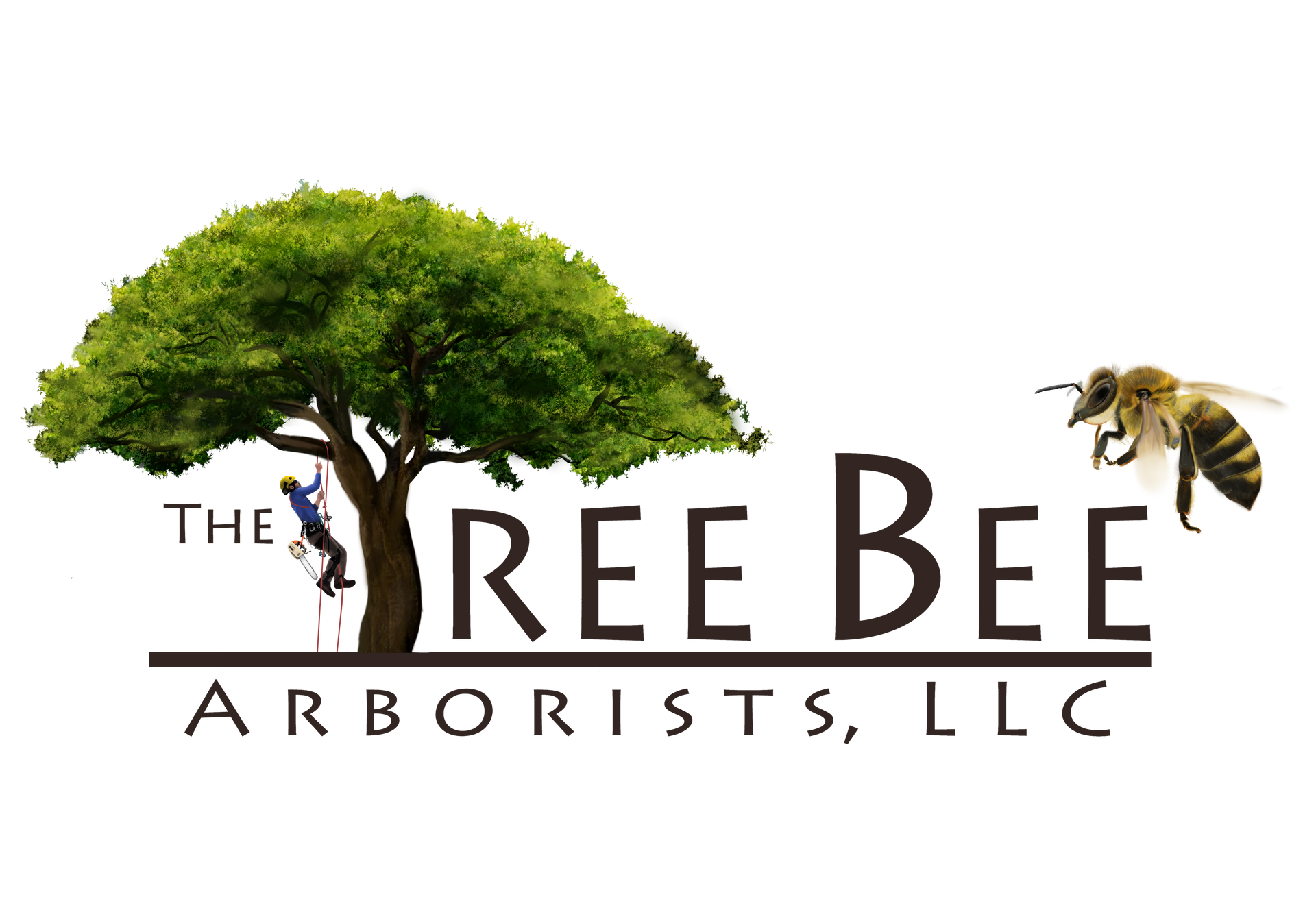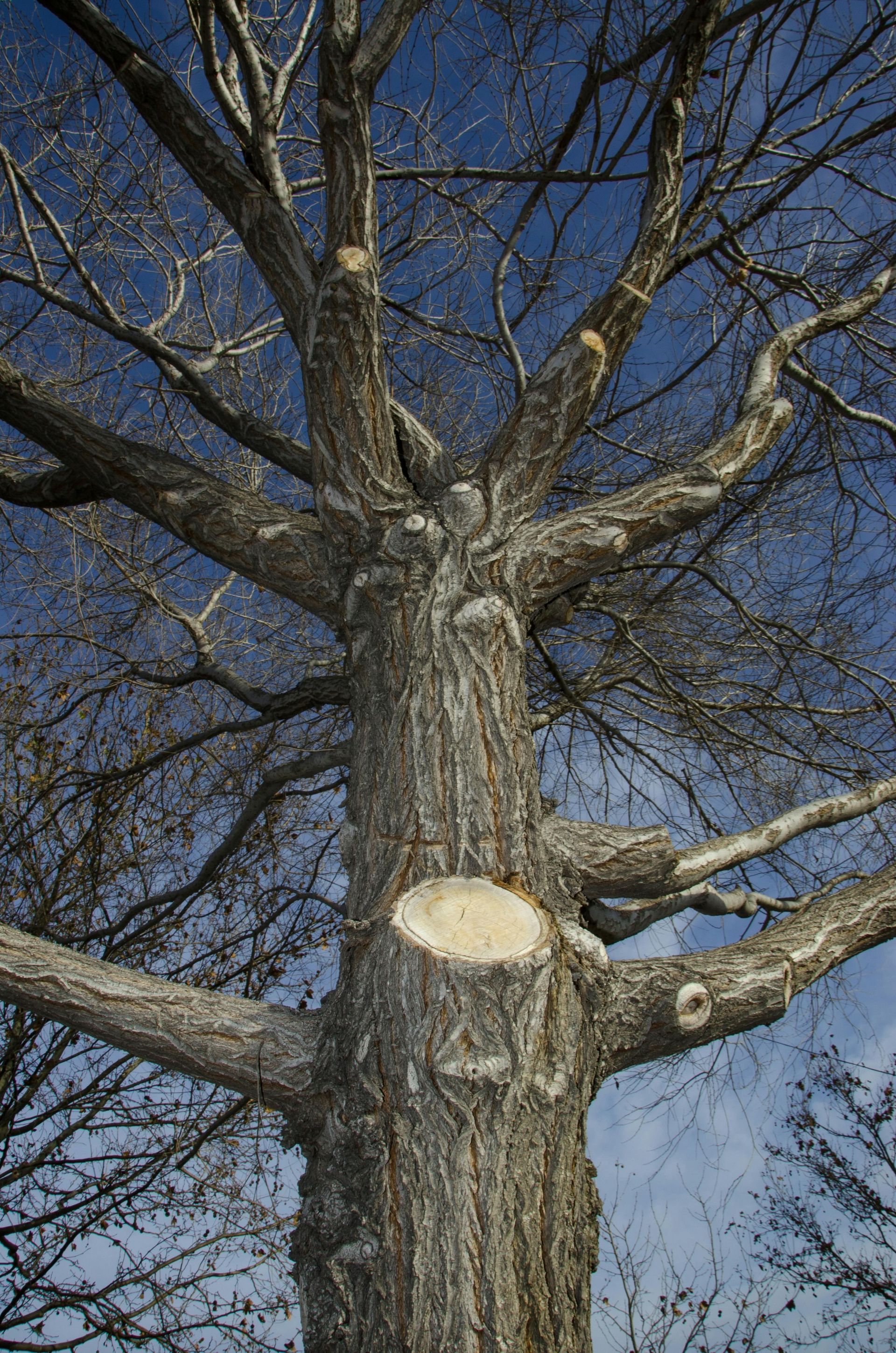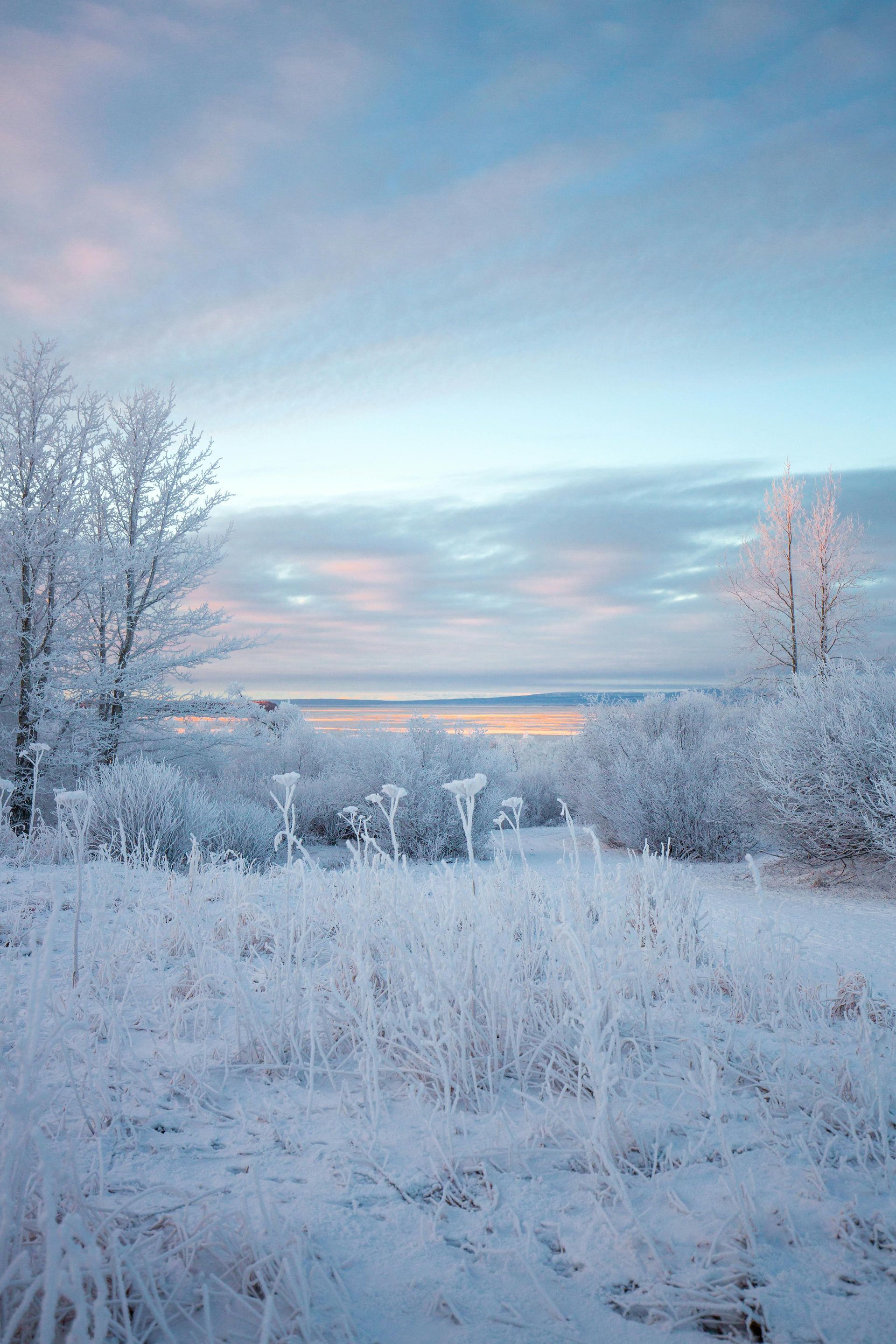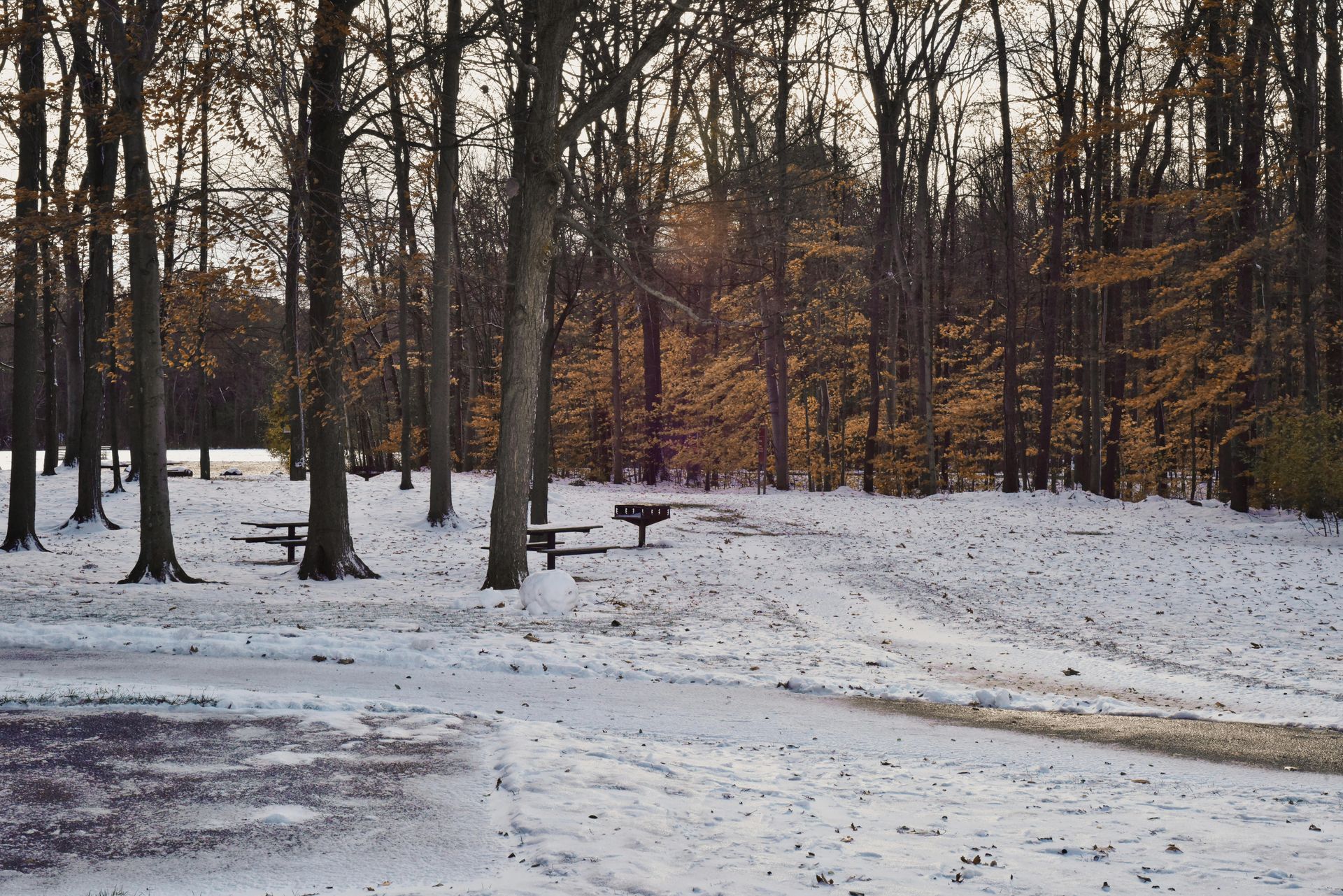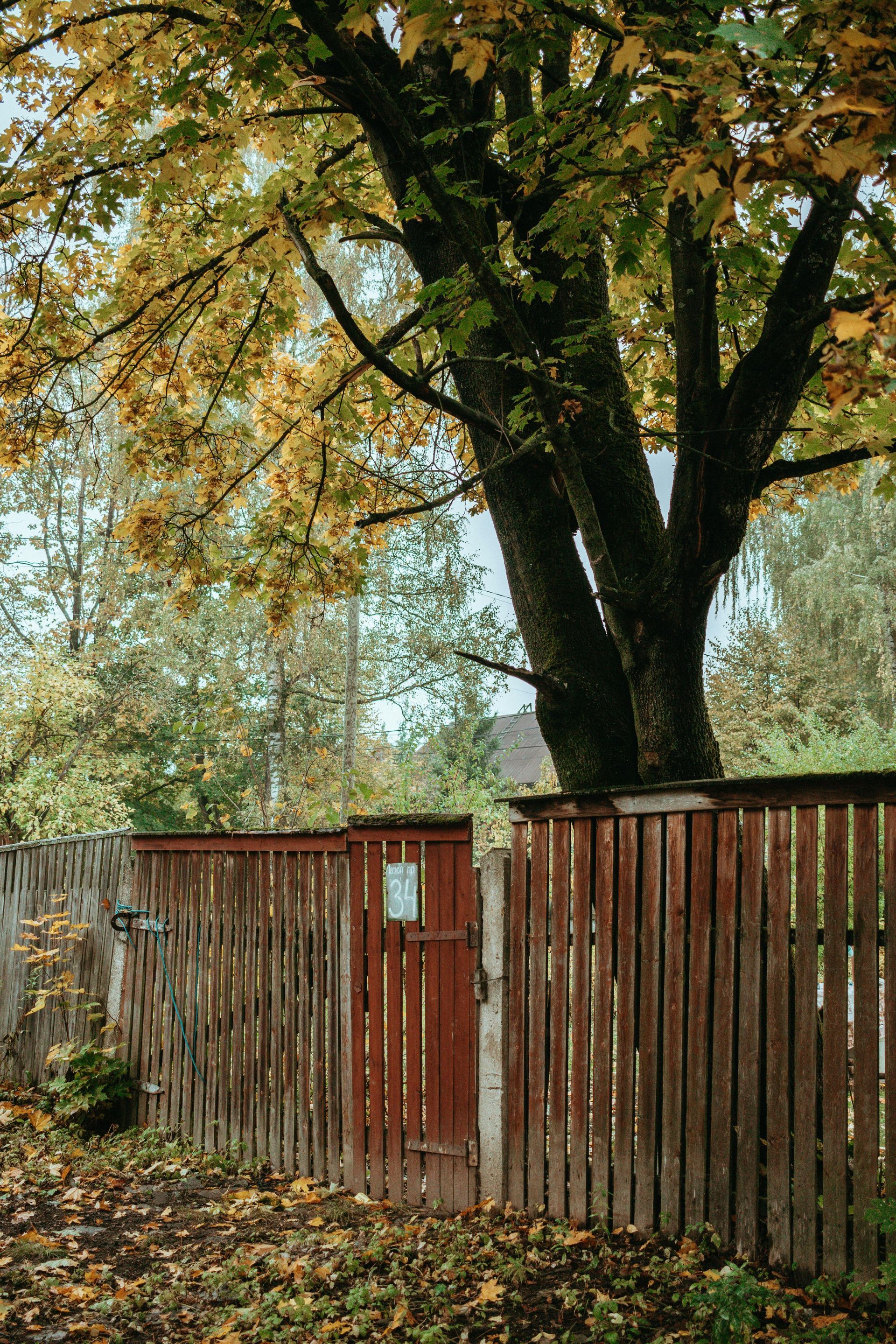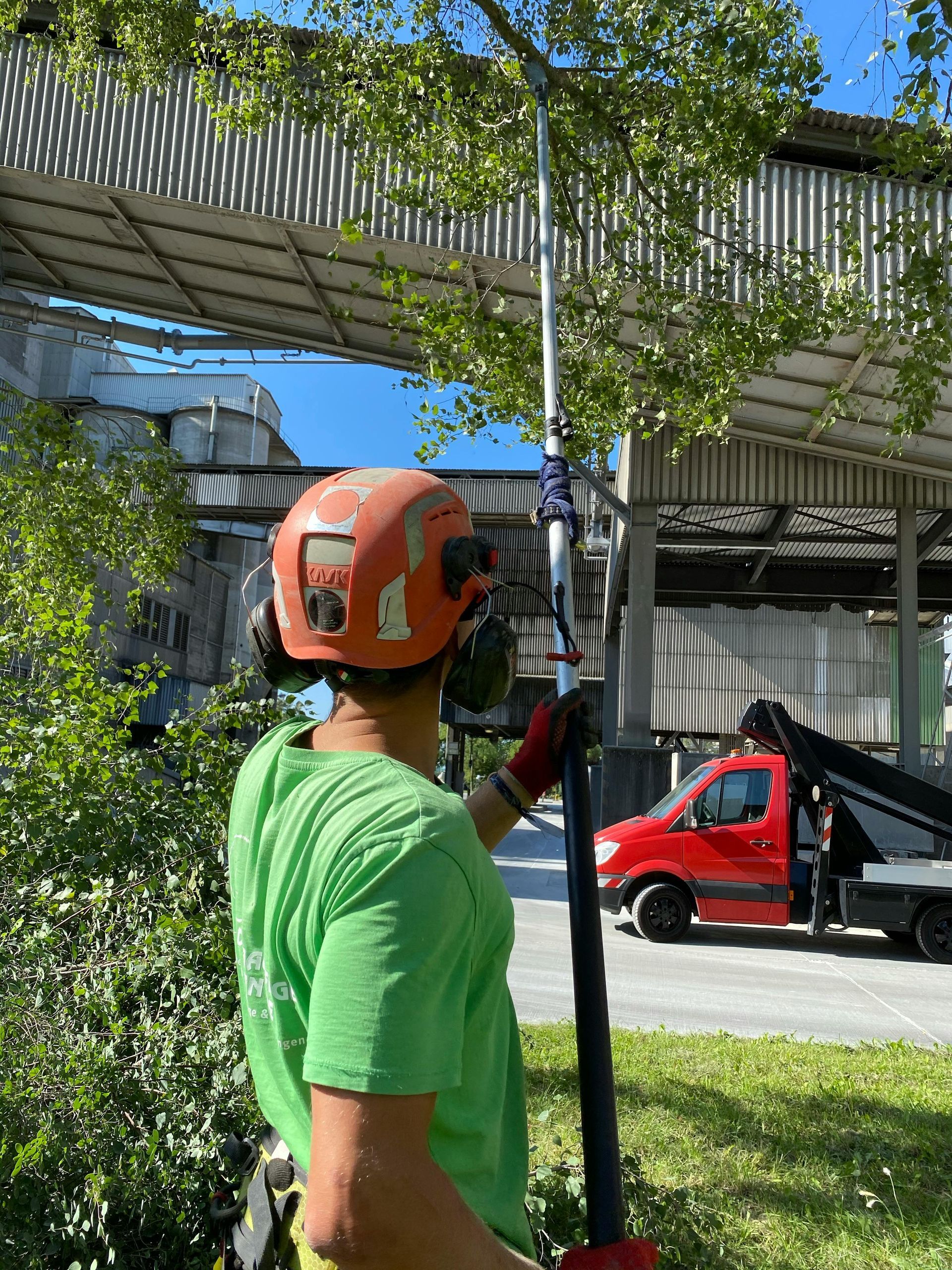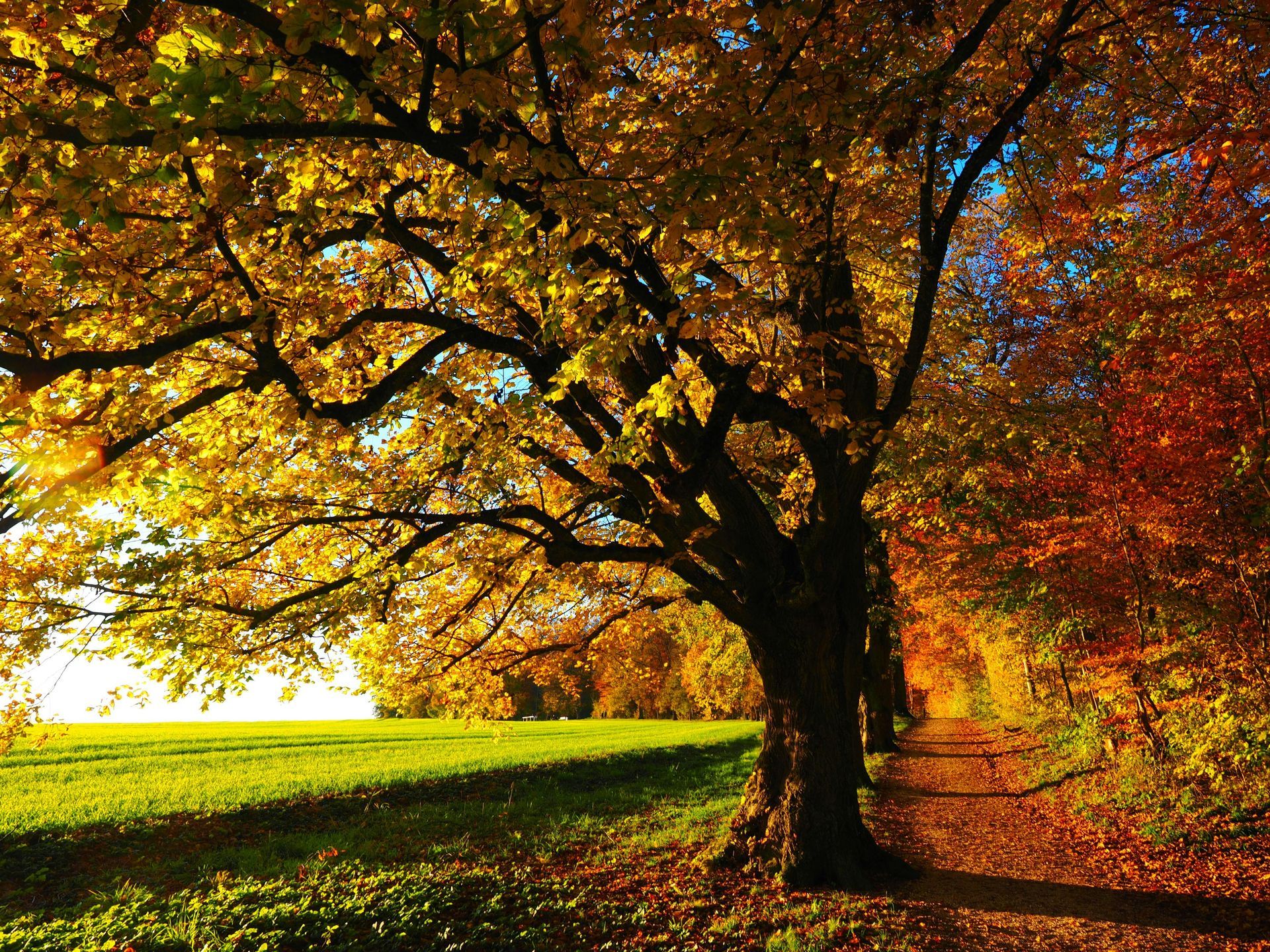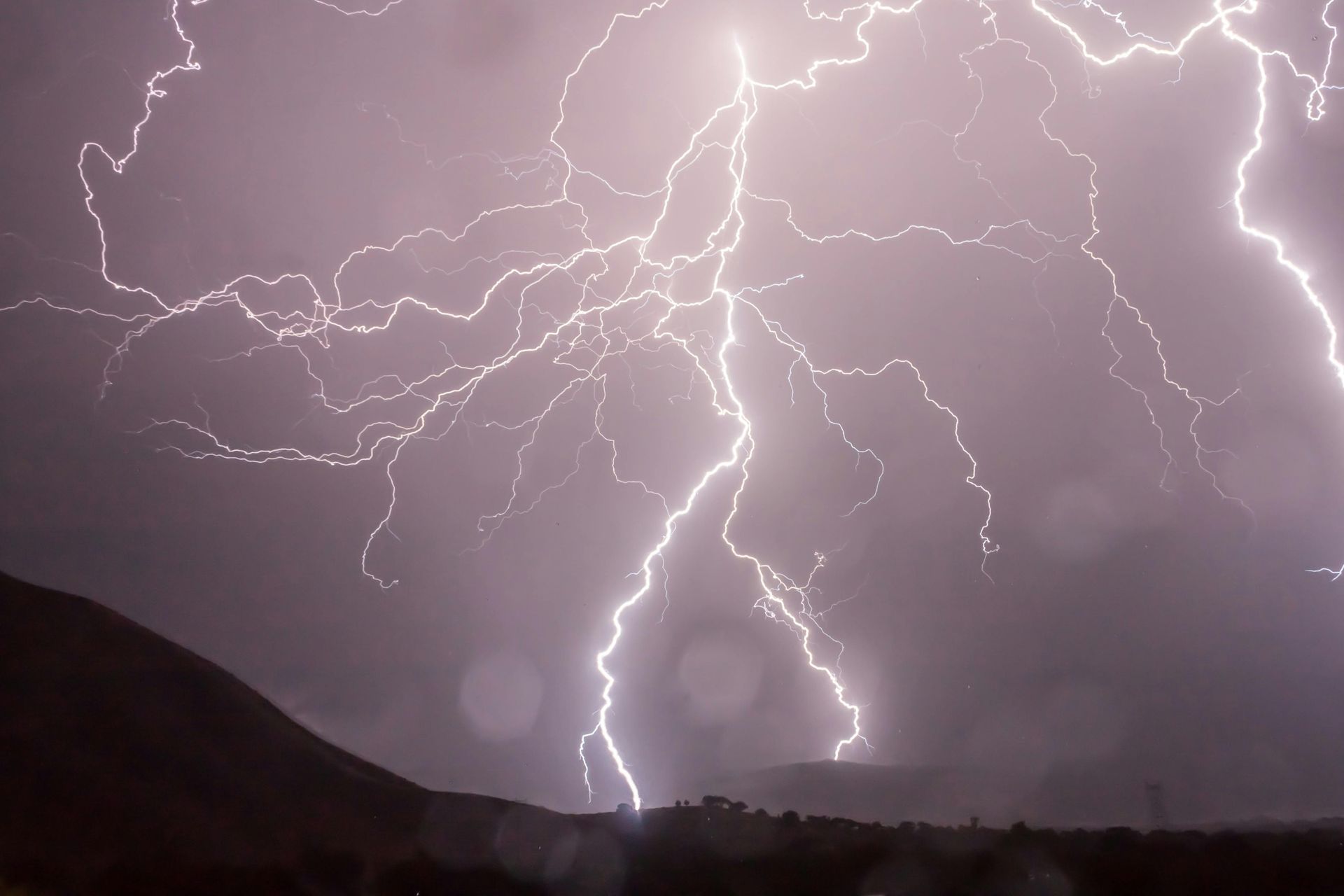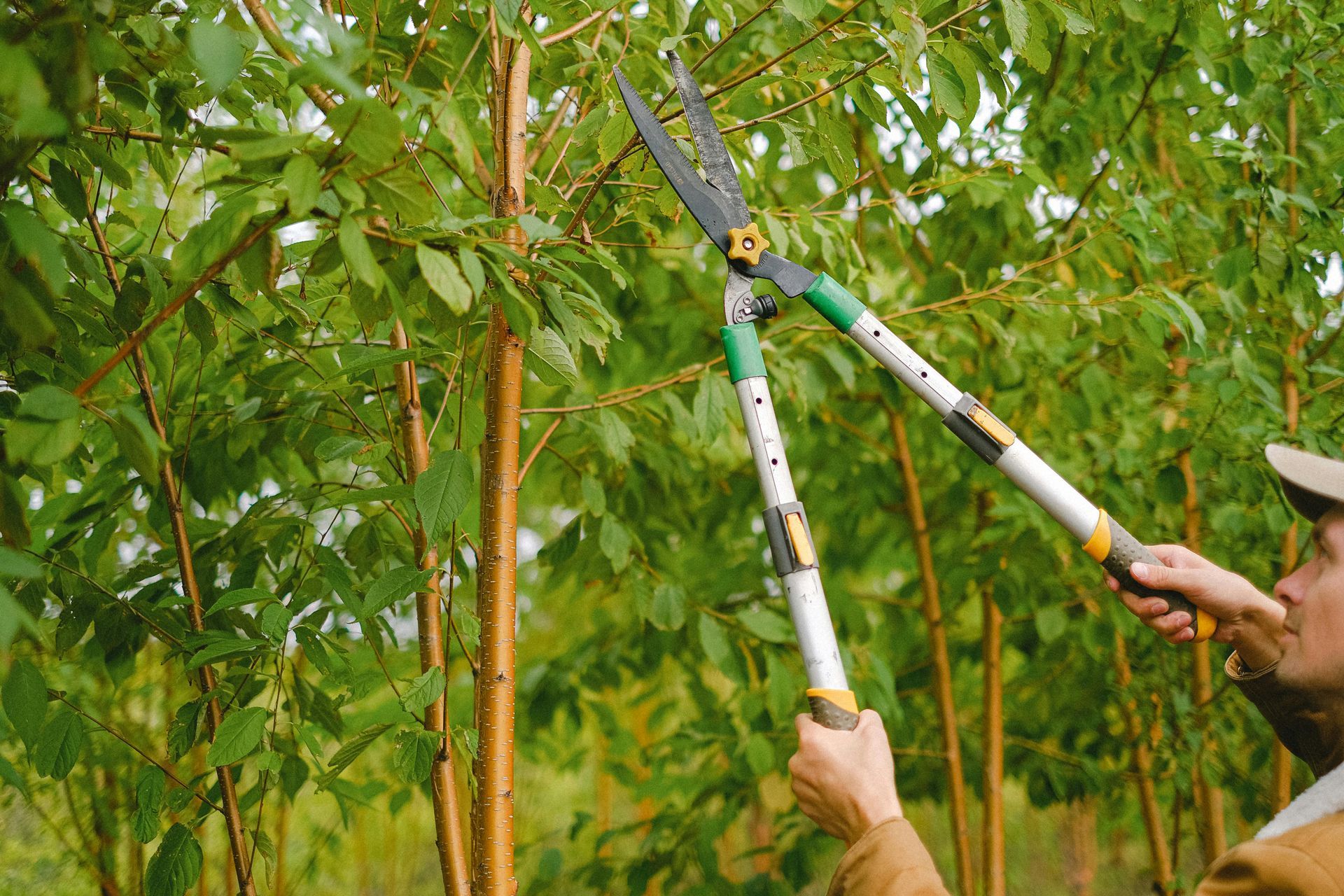Japanese Beetles & Other Summer Pests
How to Protect Trees & Shrubs Without Over-Treating
Introduction
July in Northwest Indiana means heat, humidity, and heavy storms...and your trees are feeling it. Mid-summer is the perfect time to check in on your trees and shrubs and adjust your care plan based on how they’re handling the stress of the season.
Here’s how to evaluate your landscape and make informed decisions to keep plants thriving through summer and into fall.
1️⃣ Signs Your Trees May Be Stressed
By mid-summer, trees may start to show symptoms of cumulative stress from heat, pests, or poor soil conditions.
Watch for:
✔ Wilting, browning, or curling leaves
✔ Early leaf drop or thinning canopy
✔ Cracks or splitting in bark
✔ Small, stunted new growth
✔ Branch dieback, especially at the tips
These can signal underlying issues—many of which are correctable with proactive care.
2️⃣ Check Soil Moisture & Mulch Conditions
Drought stress is one of the most common issues in July.
Check that:
- Soil is moist 4–6 inches below the surface
- Mulch is intact (2–3 inches) and not up against the trunk
- No signs of compaction or pooling water after storms
💧 If the soil is dry and hard—or water pools and runs off—it’s time to adjust your irrigation or consider aeration.
3️⃣ Inspect for Insect Activity
Pests love the warm weather, and mid-summer is when their damage becomes more visible.
Look for:
🐛
Japanese beetles feeding on leaves
🕷
Spider mites causing stippling or leaf bronzing
🐞
Scale insects in their crawler stage
🦗
Bagworms developing on evergreens
We recommend targeted, low-impact treatments only where and when necessary.
4️⃣ Consider Corrective Pruning
Summer isn’t the time for heavy pruning, but removing dead, damaged, or storm-compromised limbs is essential.
✂️ Remove broken or crossing branches
✂️ Thin areas where poor airflow could invite disease
✂️ Remove limbs interfering with structures, walkways, or wires
🌿 Final Thoughts
Think of July as a mid-season review. You don’t need to overhaul your landscape, but taking time to inspect, adjust, and correct can prevent stress from compounding into fall.
📞 Need a mid-summer health check for your trees and shrubs? Let’s take a look.
